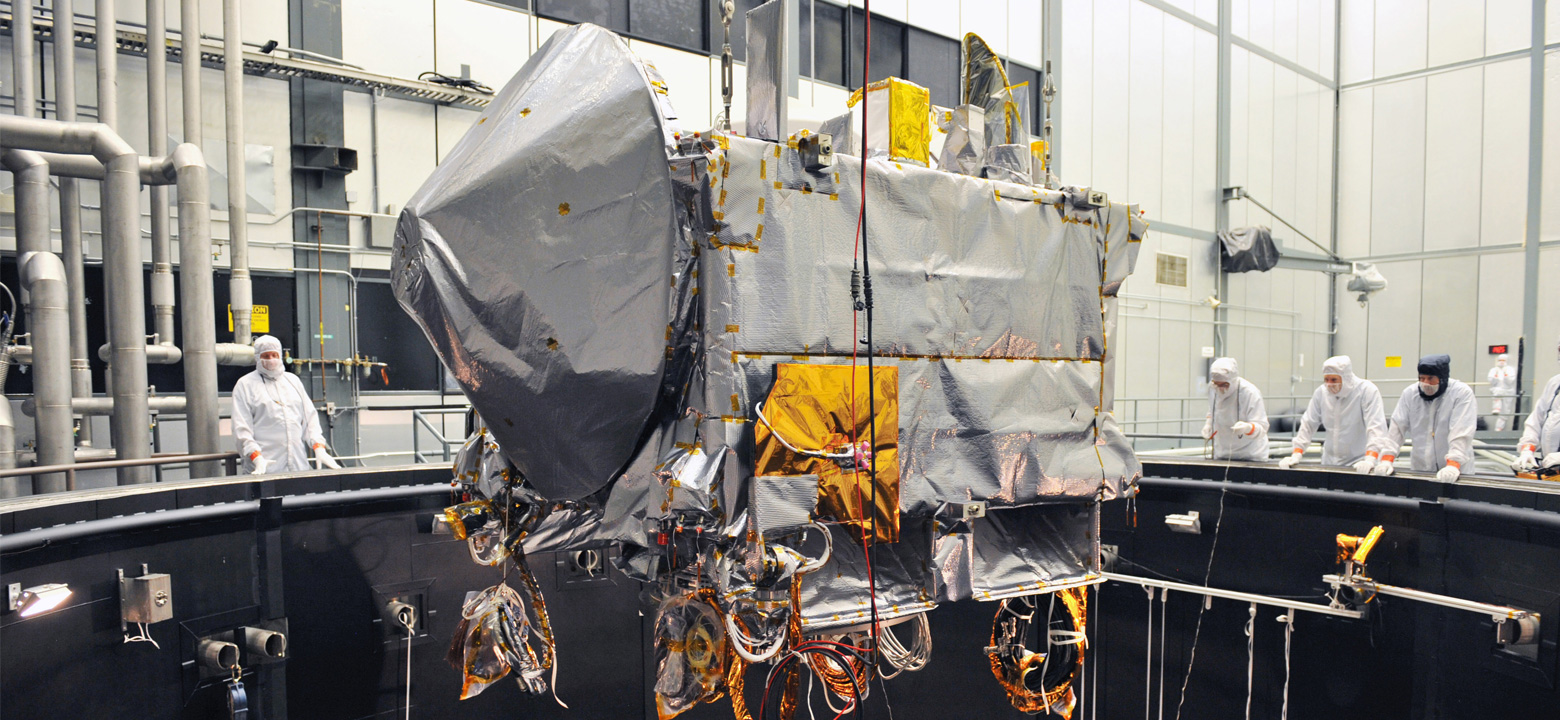
2020 has been a rough year for virtually every industry, and aerospace is no exception. With business closures and supply chain trouble all around, it's probably not surprising that manufacturers and innovators alike have faced some challenges. Still, even in the face of the pandemic, 2020 saw some significant aerospace achievements. Here are the seven most notable events of this past year:
NASA's OSIRIS-REx mission was certainly a big deal—not only was it their first asteroid landing, it managed to capture the biggest sample of material since the Apollo mission. It's also NASA's first shot at analyzing asteroid material obtained in-situ. Normally, getting an asteroid sample means waiting for it to pass through Earth's atmosphere and crash land somewhere. Not everything can survive intense heat, friction, and an impact like that, so scientists haven't been able to see what asteroids are really like, until now.
Scientists ran into a minor issue with collecting the sample. When the collection chamber became too full, pieces of the asteroid wedged the Mylar flap open, allowing some of the sample to escape. They worked quickly to minimize any more leaks, and, if all goes according to plan, OSIRIS-REx will leave for Earth in 2021, dropping its return capsule in Utah in 2023.
China's Chang'e 5 probe touched down on the Moon on December 1st. Two of its four modules drilled into the Moon's surface to a depth of about six feet, scooping up roughly four and a half pounds of samples. This represents the first fresh batch of lunar samples in 40 years.
Mars is an enigma. The planet is host to an ancient delta and dried-up lakebed that scientists think may once have been teeming with microscopic life. There's only one way to find out for certain, so NASA launched their Perseverance rover in July. It's slated to land on Mars next February, where it will drill into the dry lakebed to collect samples. If NASA's researchers are correct, these samples should show hallmarks of ancient microscopic organisms.
In addition to looking for signs of tiny alien life, Perseverance will also be testing technology needed for humans to survive on Mars, including a device to synthesize oxygen from carbon dioxide.
Elon Musk's SpaceX made big news this year when it became the first private company to send humans into space. In May, test pilots Bob Behnken and Doug Hurley had the distinction of being the first astronauts to fly a new spaceship design in 40 years. After two months on the space station, they returned safely to Earth. Later, in November, four more astronauts rode to the International Space Station. In late 2021, Musk plans to launch a privately financed spaceflight in conjunction with Axiom Space.
Before SpaceX's Dragon capsule, the only way to get people to the space station was via Russia's three-person Soyuz capsule. The Dragon represents a way to potentially decrease the prohibitive cost of manned spaceflight.
Back in February, NASA and the European Space Agency launched the Solar Orbiter. By June, it had made it to its destination: the sun. It has already sent back the closest images ever taken of the sun, showing tiny solar flares burning all across the star's outer atmosphere.
The Solar Orbiter's mission is anticipated to last for seven years. In this time, it's set to take pictures of the sun's poles, examine its eruptions, and give scientists more data to better understand and predict solar flares.
China and the United Arab Emirates launched their own Mars missions, too. Like NASA's Perseverance rover, they left Earth back in July (to synchronize with the narrow window during which Mars is closest to Earth). The UAE's Hope Probe is intended to enter an elliptical orbit around Mars, collecting data to create a global map of the planet's climate. Meanwhile, China's Tianwen-1 rover will use a specialized radar system to detect subterranean water reservoirs—some of which might contain alien life.
Earlier this year, Lockheed Martin started working on the Operational Fires weapon system integration project. This is an innovative weapon system that allows ground-launched missiles to use a hypersonic boost to slip through enemy defenses. Typically, hypersonic missiles have one speed. This system is unique in that it's equipped with a throttleable booster that lets it vary its speed without having to rely on special maneuvers. Right now, Lockheed Martin is in phase two of the project, which entails testing and further development. Phase three is slated for 2022, where everything comes together in a usable weapon system.
Even with the difficulties posed by a worldwide pandemic, innovators, researchers, and other aerospace experts are still hard at work. These even achievements are just the tip of the iceberg—there are still many other projects in the works, and plenty of big news to come in 2021.